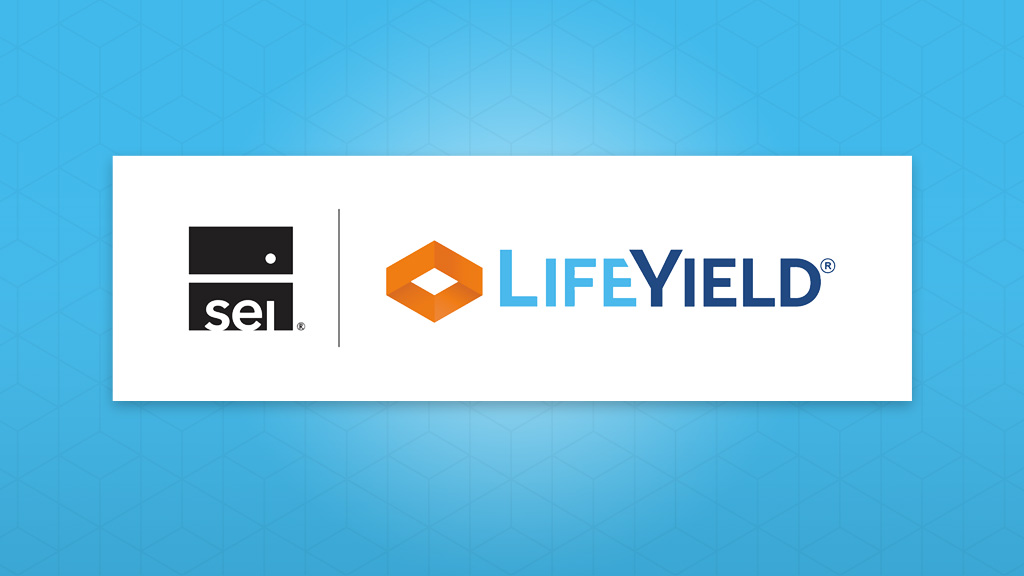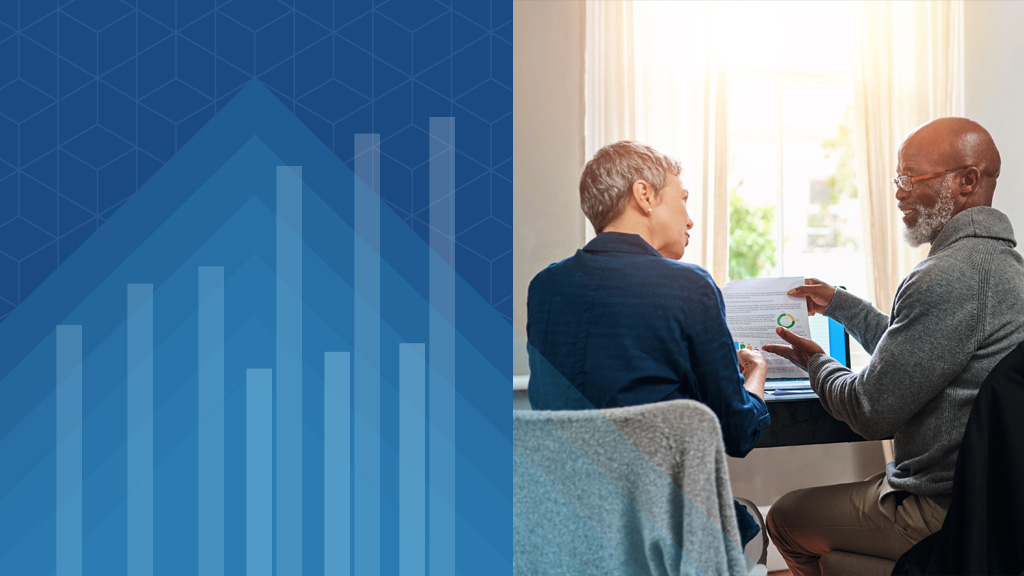The Building Blocks of Tax-Smart Asset Location

Investors are painfully aware their retirement plan needs a do-over. With so much uncertainty, it’s like the investment gods shook every investor’s portfolio like a canister of Legos and dumped them on the floor. Top advisors are helping investors rebuild portfolios, get on the right track, and realize their retirement dreams.
It starts with laying a solid foundation to improve outcomes using the most critical levers – managing risk and taxes. Matching tax-smart asset location with appropriate risk is fundamental to smart-household management – and happier, more successful clients.
What’s the 5-step process for creating a customized smart-household solution?
- Create an aggregated view of a client’s accounts
- Perform a risk and tax-efficiency audit
- Implement a tax-smart asset location consistent with the client’s risk tolerance
- Explain your methods and projected improved outcomes
- Offer the same level of advice to friends and family
Here’s how to execute it:
- Create an aggregated view of a client’s account
Account aggregation is a cornerstone to providing comprehensive guidance to investors. But if you only look at the data, and optimal actions aren’t taken, what’s the point? Smart-householding is about seeing all holdings and implementing a risk-smart, tax-smart management strategy that includes quantifying the benefit to the investor in dollars and cents. - Perform a risk and tax-efficiency audit
An audit starts with an analysis of the investor’s risk tolerance and the misalignment recent markets have caused. With this reassessment and clarified objectives in mind, the path to improved outcomes will move forward by looking at where their assets located. Taxes are the single largest cost to an investor, so it’s vitally important to locate assets optimally to achieve improved results. - Implement a tax-smart asset location consistent with the client’s risk tolerance
Tax-smart asset location is achieved by ensuring tax-efficient assets are placed in taxable accounts and tax-inefficient assets located in tax-qualified accounts, Always start with asset allocation and risk being maintained and then locating assets in the accounts that cause the least amount of tax. As the saying goes, “it’s not what you make, it’s what you keep.” Risk-smart, tax-smart asset location helps you keep more, a lot more, and produces improved after-tax outcomes for both advisors and investors. - Explain your methods and projected improved outcomes
The best way to demonstrate your value is to help investors get back on track by quantifying the benefit you bring in dollars and cents using risk-smart, tax-smart asset location. When done right, the value of this strategy can be shown by using the Taxficient Score®. Showing the enhanced value of a client’s portfolio over 10-, 15- and 20- years validates the client is heading in the right direction. You can demonstrate the benefits of paying less in taxes with more assets growing and compounding. Top advisors report this approach results in higher retention and increased referrals and revenues. - Offer the same level of advice to friends and family
Don’t be stingy with your advice and a significant point of differentiation. Show this to all your clients. And ask if they know of people who would benefit from learning what their Taxficient Score is, how to improve it, and begin the rebuilding of their future from the ground up.
Monthly insights from our Chief Growth Officer, Jack Sharry
Get exclusive insights and interviews from around the industry

 By
By 




